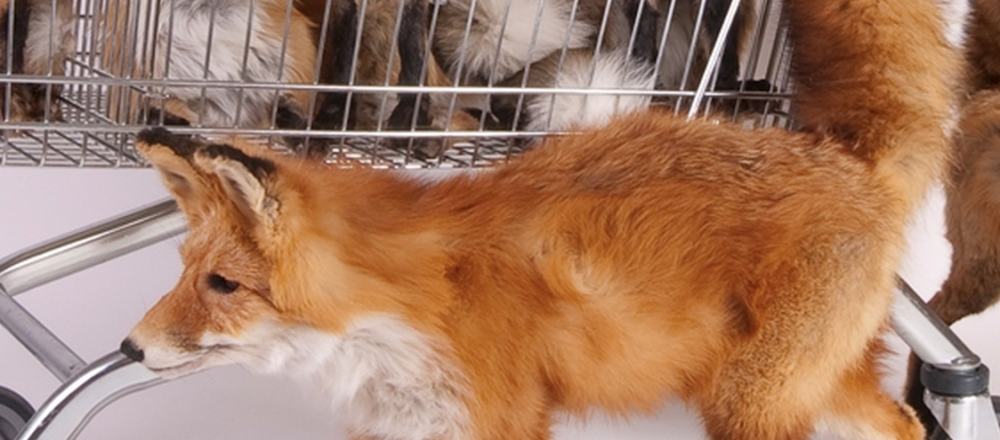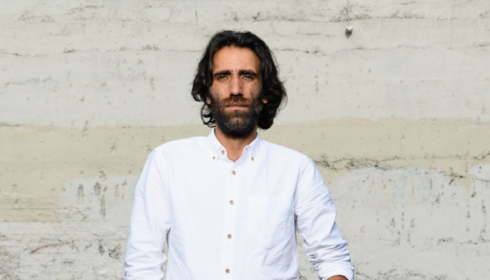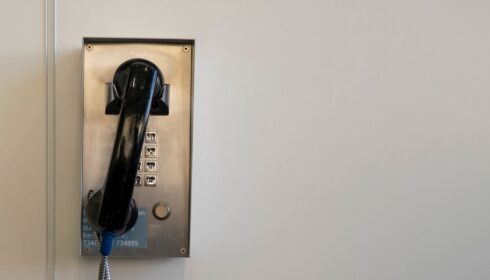Wunderkammer – The Cabinet of Wonders | Rod McRae
Do we treat animals ethically? How much do we actually know about the plight of animals in the wild? These are the questions that resonate throughout artist and children’s author Rod McRae’s Wunderkammer, an exhibition currently on display until 30 April at the Tasma Terrace in Melbourne.
Drawing heavily on the practice of taxidermy, it features uncanny lifelike animal sculptures and installations crafted over the years by McRae. The works of art were created using resin, plastic, stones and ethically-sourced animal skins. It is an exhibition that aims to highlight human-animal relationships and conservation themes in relation to climate change, pollution, hunting and stewardship.
Up close and domesticated
McRae’s installations are conspicuously not displayed behind ropes or glass. Visitors have the opportunity to stand side-by-side and eye-to-eye with the life-sized animal installations. In everyday life, one tends to get this close in proximity with people whom they know well. Standing this close to McRae’s animal installations in an indoor setting in essence reminds one that there are non-human species existing by our side in this world.
Crying Out Loud In The Age of Stupid (2010) depicts a polar bear tethering on top of a refrigerator. This installation is indicative of the fact that the very thing used to make ice releases CFC, which melts ice and destroys the habitat of polar bears over time. Born Free (2013) shows a lioness passively and vulnerably lying on her back beside a chain on a queen-sized bed that some of us might sleep on at home, hinting at the idea that animals might not always be at ease outside of their natural habitats.
These installations undoubtedly paint pictures of animals in moments of anguish; moments of anguish directly caused by human actions in the developed world.
Man versus animals
The dislocation of animals comes through strongly at times. In particular, Return To Sender (2012) is a portrayal of how mankind exercises a considerable amount of control over the lives of various animals. The twelve penguins wrapped up with stamps and ready to be sent to museums mirror the activity of relocating endangered species from their habitats to zoos in order to protect their survival. In a sense, these species subsequently no longer roam free and are reduced to viewing objects.
Are You My Mother (2010) conveys similar sentiments, through the sight of a lone zebra gazing up at three zebra trophy heads mounted on a wall. There is a proven correlation between the ways familial relations in the animal kingdom are affected by hunting and poaching. Thus, this installation persuades one to question the ethics of hunting, to question the ramifications of collecting trophy heads for personal decorative purposes.
Self within others
McRae’s installations also compel one to put themselves in the shoes of animals in the wild. Baboon Boy (2012) features a headless monkey holding a mirror to its “face”; in place of the monkey’s head is a mirror, which catches our reflection. Momentarily, visitors are embedded on to a species that shares the same DNA as humans and similar physical characteristics. The “us” and “them” dichotomy is broken down as one is interpolated to recognise such similarities.
Z is for Zebra (2012) portrays a Burchell’s zebra standing on a cabinet. Looking at the rifles and the words “select your prey” scrawled on to this cabinet, one is made to feel predatory towards the zebra. Ironically, the average person does not usually think of themselves as a hunter with an everyday desire to kill. Hence, the exhibition encourages one to admit that humans are somehow complicit in the current treatment of animals.
Animal-human relations and beyond
Wunderkammer draws on numerous animal-human themes around the world, some of which Australians may not be familiar with. In addition, the exhibition does not explicitly make suggestions on how these relations can be improved. However, ample signage around the exhibition explains the artist’s message behind each respective installation. It also includes hyperlinks for those interested in finding out further information about the issues presented.
Overall, Wunderkammer is an exhibition that emphatically challenges our perception of the relationship between humans and animals. Notably, the exhibition boasts a German noun for its title – a word that refers to a place where a collection of curiosities, rare objects and relics are displayed. Wunderkammer is indeed an apt title for McRae’s exhibition; the non-human species is unique. The more we hunt and cause discontent among this species, the higher the chances are that they will face eventual extinction.
At the end of the day, there is no denying human and non-human species live alongside one another. As McRae says, all of us are “fellow travellers on this planet”. The least we can do is respect each other’s rights to roam this planet without fear.
Wunderkammer – the Cabinet of Wonders is showing at the Tasma Terrace in Melbourne until 30 April. Click here to find out more information.


